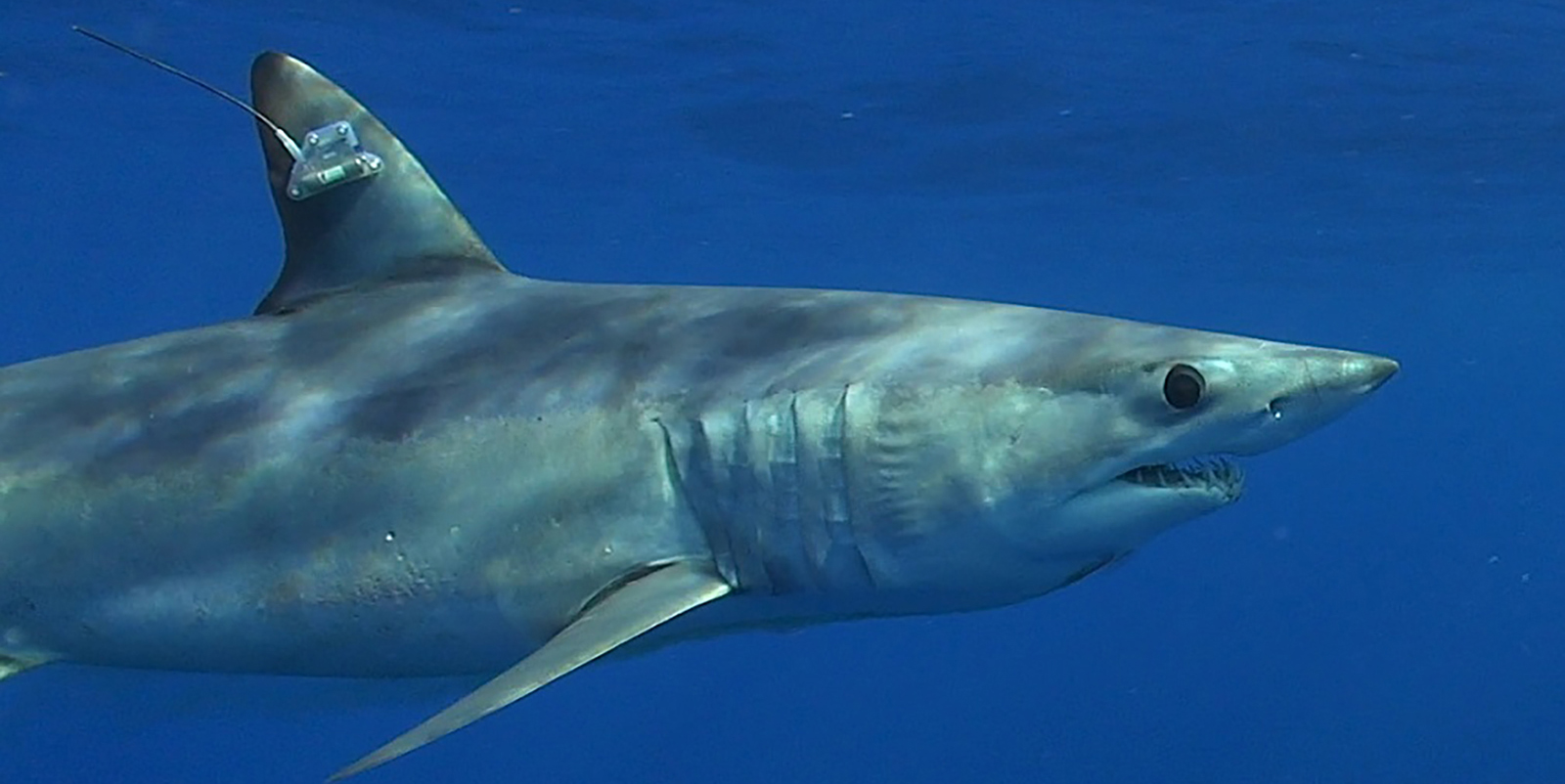Upper Bay Fish Survey Yields Surprising Results
November 2, 2018
Due to the historically degraded water quality in upper Narragansett Bay, the fish that spend all or part of their lives there have seldom been studied. But as improvements have been made to the wastewater treatment plants in the area and the water quality has improved in recent years, more and more recreational fishermen have been observed reeling in a variety of fish species.
So The Nature Conservancy teamed with the Rhode Island Department of Environmental Management (DEM) to conduct a baseline study of fish found from Conimicut Point in Warwick to the Pawtucket boat ramp on the Seekonk River. The results have been somewhat surprising.
William Helt, a coastal restoration scientist at the Rhode Island office of The Nature Conservancy who is leading the project, said the survey is an effort “to learn what fish are using that area and what the residence times are for those species. We want to get a gauge for how these sites compare to other areas in Narragansett Bay that are considered the healthy parts of the bay.”
Once a month from May to October, Helt and a team of scientists and volunteers visited 12 coastal sites, including Gaspee Point in Warwick, Sabin Point in East Providence, and Stillhouse Cove in Cranston, to survey for fish.
Using a beach seine net — a 130-foot-long net with weights at the bottom and floats on top — one member of the research team holds an end of the net on shore while a boat deploys the rest of the net and drags it in a semi-circle back to shore. Any fish collected are counted, identified, and released.
“We’re looking at the estuary as a nursery habitat for juvenile fish, so most of the fish we’re catching are about the length of your finger,” Helt said.
The researchers also used fish pots — similar in size and design to a lobster trap — to target larger fish such as black sea bass.
While the data has yet to be analyzed or compared with the results from similar surveys in the lower bay and South County’s salt ponds, Helt said they have captured large numbers of bait fish such as silversides, mummichogs, and killifish. One day at Sabin Point they captured about 140,000 menhaden at one time.
“That means there’s a lot more fish utilizing the upper bay than we thought,” he said.
The seine net also caught juvenile fish popular among local anglers, such as tautog, winter flounder, and scup. At the mouth of the Seekonk River, it collected freshwater species, including white perch and bluegill. It even caught some unexpected southern species such as pufferfish and pipefish.
“We haven’t caught as many scup as we thought we would,” Helt said. “They might tend not to favor the close-to-shore habitat that we’re sampling. But we see so many people fishing for scup that we thought we’d catch more.”
Helt would have preferred that the study had started several years earlier to detect how fish populations changed as water quality improved, though he anticipates continuing the project for many years to assess changes to fish populations because of warming waters and further improvements to water quality.
The project may also get extended beyond the May-to-October time frame of the first two years.
“That’s when juvenile fish activity is highest; most migrate out of the estuary by October or November,” Helt said. “But we’re seeing plenty of fish in May and October, so we’ve thought about extending it for a couple extra months.”
The data the scientists have collected so far has already got them thinking about habitat improvements that could be made in the upper bay to accommodate even larger numbers of young fish.
Assuming that permits can be secured from the state’s Coastal Resources Management Council and other agencies, Helt said The Nature Conservancy and DEM anticipate deploying 80 to 100 “reef balls” — 4-foot diameter concrete structures with holes in them — just beyond the Sabin Point fishing pier.
“The reef balls tend to aggregate fish,” Helt said. “They eventually get fouled with colonizing organisms that provide a food base for juvenile fish, and they provide structure for small fish to hide in. We hope they’ll improve that critical life stage of juvenile fish and attract sport fish that people like to catch.”
The reef balls will likely be deployed in 8-10 feet of water just beyond the casting range of recreational fishermen.
The fish survey results may also lead to efforts to improve salt marsh habitat, which also plays an important role in nurturing juvenile fish.
“And in the salt ponds we’ve been studying the use of oyster shell reefs to improve fish habitat. We might do a similar project in the upper bay,” Helt said. “But we’ve got a lot of hurdles to overcome between now and then. That’s a long-term goal.”
The fish survey and subsequent habitat restoration projects are being funded by the U.S. Fish & Wildlife Service’s Sport Fish Restoration Program.
Rhode Island resident and author Todd McLeish runs a wildlife blog.




This story is a little misleading. While working as a Fisheries Biologist for RIDEM F&W i conducted a Juvenile Finfish Survey of Narragansett Bay at 18 baywide stationd once a month from June through October from 1984 to 2010 when I retired. We useda 200ft x 10ft beach seine deployed from a 21’ boat, the R/V Allie Thomas so the TNC Helt study is not the first or as comprehensive and does not have the long term 25 years of fish data I collected. Please make tis correction to the ecori newsletter. Call me if you want to discuss this.